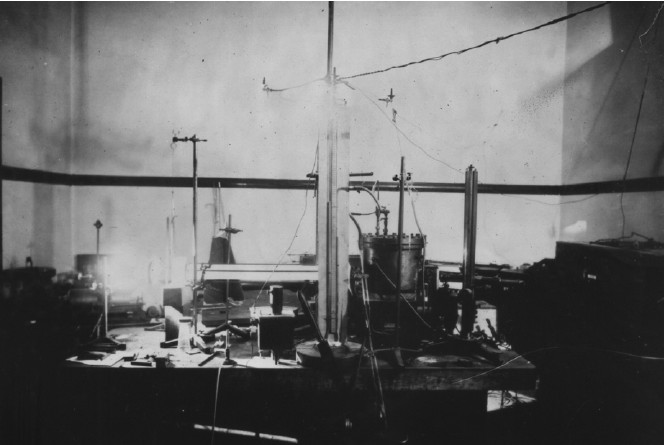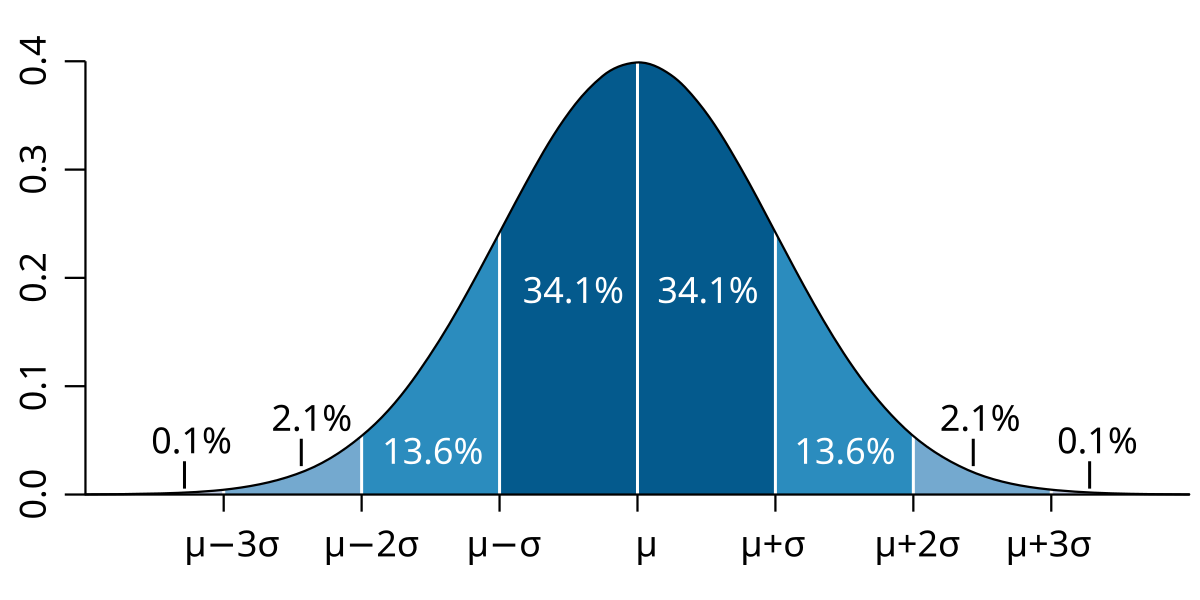steve_bank
Diabetic retinopathy and poor eyesight. Typos ...
Coin tosses and rolling dice are good examples easy to imagine..A coin toss is the same principle. A wave function can be derived to model the toss.
The way I remember it put is as you go from quantum to Newtonian scale the density of states is such that it appears continuous. Like a piece of copper. What we seen as a Newtonian scale block of metal is the superposition of all the instantaneous states of each atom in the block.
The problem with QM is the relative energies. In electronics it usually easy to s reduce the interaction of apparatus and what is being measured such that the effect is inconsequential.and quantfy the effect of a measurement apparatus.
Put6v a battery at exactly 10 volts acrostwo resistors in series each at exactly 1 ohm and the voltage across each resistor will be exact 5 volts. Put a meter across a resistor to measure the voltage an it will not read exactly 5 volts. The meter reads the voltage due to the subsystem inclusive of the circuit and measure mt apparatus. The input resistance of the meter becomes part of the circuit.
Does what we perceive as a particle in an experiment a a manifestation of the measurement or does the particle exist as we model it?
Regarding the coin toss. Why not consider the entire process, including the state when the coin is in mid-air and its outcome is still undetermined, as part of a single state? Is it not possible that the coin’s undetermined state isn’t just a precursor to the determined state but is itself an essential part of determined state?
The undetermined state is not something that can be directly measured. right? That's telling. We can calculate the probabilities (e.g., 50/50 chance of heads or tails), but we can't definitively capture its exact outcome until the coin lands.
In quantum mechanics, the brainiac's seem to be dealing with probabilities until measurement "collapses" the wave function. So, my taking an uneducated guess, both the undetermined and determined states are part of a unified process, rather than separate states. The states determined/undetermined might seem separate do to some other phenomena giving us that illusion. Could it be that the act of measurement introduces a form of space/time interference, not actually changing the state from undetermined to determined, but instead giving us the illusion that these states are separate? Perhaps the distinction between undetermined and determined states is an artifact of limitations in our measurement tools, rather than a true reflection of our underlying reality?
It reminds me of those old cheap baseball cards you’d find in cereal boxes—when you slowly tilt the card, you can see the batter swing and hit the ball. The image changes as you adjust your perspective, but it’s really just one card showing different phases.
Please forgive me—but my formal education is not strong, my imagination is.
My point is that any physical system is always in a state. In Schrodinger's problem the cat is either dead or alive regardless if we observe it or not.
I had to understand QM for work, to me QM is a set of predictive equations used routinely in electronics. For others it has became a kind of mysticism. Space time is a loaded term invoking scifi images.
Space time is three coordinates in space x,y,z in meters and time in seconds. A continuum means we take it all to be continuous. Space time continuum is a definition not a kind of reality.

Spacetime - Wikipedia
In physics, spacetime, also called the space-time continuum, is a mathematical model that fuses the three dimensions of space and the one dimension of time into a single four-dimensional continuum. Spacetime diagrams are useful in visualizing and understanding relativistic effects, such as how different observers perceive where and when events occur.
The problem in QM is the degree of which the experiment apparatus interacts with what is being measured. When we make a measurement and interpret a quantum state does the state exist if we are not measuring? That is a philosophical question, it can not be answers.
What we can say objectively is that wen QM is applied the results much theory.
A gas laser tube can be looked at as a QM rectangular potential well with an infinite barrier on one end and a partial barrier on the other end. Sounds comcated, but it is box with a mirror on one end and a partial mirror the other. Photons, partcles, boiunce back and forth in the box, and sone escaoe out one end. A laser. The solution of the wave equation for the box is sines and cosines. The probabil;ity of a phton being at a certan xyz spot at a time t is predicted by the wavefunction.
\
Nothng realy myserious. Oce you get past tecnical jaergon of QM the overvoew images like coin tosses are simple.
Flipa cn and the result is 50/5 probabilty. Look at a point in a gas laser tube at an imnstant in timne for a photon and there is a probabilty of seeng one.
That is my view.



